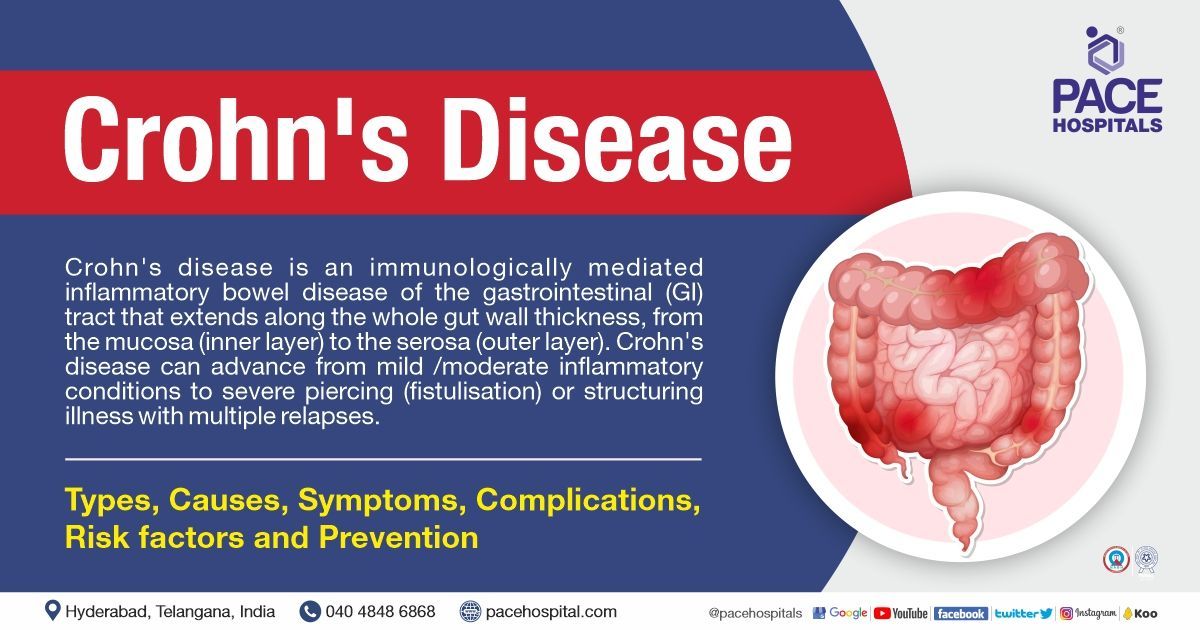Navigating Dining Out with Crohn’s Disease: Essential Strategies
For individuals living with Crohn’s disease, one of the most pressing concerns often revolves around dietary choices. The impact of food on symptoms is significant, making it crucial to select the right options to maintain remission and enhance overall comfort. However, dining out can pose additional challenges due to the uncertainty surrounding ingredients in restaurant meals.
We found this resource helpful: Mersea Travel Wraps A Comprehensive Guide
Understanding the Challenges
Eating in restaurants can be particularly daunting for those with Crohn’s, as many menus do not disclose all ingredients. Hidden triggers, such as dairy, gluten, and spicy seasonings, can exacerbate symptoms. Adiana Castro, a registered dietitian and gut health specialist, emphasizes the anxiety that can accompany eating out, especially during a flare-up. Fortunately, with some preparation and awareness, it is possible to enjoy dining out without compromising health.
Five Essential Strategies for Dining Out
Here are five practical strategies that can help individuals with Crohn’s disease navigate restaurant dining more comfortably:
1. Plan Ahead
Preparation is key when it comes to eating out with Crohn’s disease. Understanding which foods may trigger symptoms can significantly reduce anxiety. Ronen Arai, a gastroenterologist, suggests looking at restaurant menus online beforehand. This allows you to select meals that are safe and suitable for your dietary needs. Being informed also equips you to discuss modifications with your server, such as opting for steamed vegetables instead of raw salads, which can be more challenging to digest.
2. Choose Cooked, Low-Fiber Vegetables
While vegetables are generally healthy, not all are suitable for those with Crohn’s. Raw vegetables can be hard to digest, and high-fiber options may lead to discomfort. Castro recommends focusing on cooked, low-fiber vegetables that are less likely to trigger symptoms. Some safe choices include:
- Peeled potatoes
- Butternut squash
- Peeled yams or sweet potatoes
- Carrots
- Baby spinach
- Asparagus tips
These vegetables are not only easier to digest but have also been shown to help reduce inflammation when consumed regularly. It’s wise to avoid gas-producing vegetables like broccoli, cauliflower, onions, and Brussels sprouts.
3. Limit High-Fiber Foods
For those with Crohn’s, particularly if there are strictures present, reducing the intake of high-fiber foods is essential. Strictures, which are narrowings in the intestine caused by scar tissue, can lead to complications when fiber-rich foods become lodged. Dr. Arai notes that avoiding foods like raw nuts, dried fruits, mushrooms, and salads can help minimize discomfort. Additionally, berries with seeds can irritate the digestive tract and should be approached with caution.
4. Opt for Fish
Seafood is an excellent option for individuals with Crohn’s, particularly fatty fish such as salmon, tuna, and mackerel. These fish are rich in omega-3 fatty acids, which are known for their anti-inflammatory properties. Including these types of fish in your diet can support overall inflammation management, which is crucial for Crohn’s patients. Freshwater options, like rainbow trout and walleye, also provide these beneficial fats.
5. Stick with Familiar Foods
While dining out may present opportunities to try new dishes, it is often safer to stick with familiar foods. New ingredients can provoke unexpected reactions, making it advisable to experiment with unfamiliar items at home first. Dr. Arai stresses the importance of recognizing individual food sensitivities, as what may be safe for one person could trigger symptoms in another.
Conclusion
Dining out with Crohn’s disease requires careful consideration and planning. By reviewing menus ahead of time, choosing appropriate vegetables, limiting high-fiber options, selecting beneficial seafood, and sticking to familiar foods, individuals can enjoy a more relaxed dining experience. While the fear of triggering a flare is valid, being proactive can help mitigate anxiety and lead to more enjoyable meals away from home.
Additional Resources
For further guidance on managing Crohn’s disease through diet, various reputable sources provide valuable information:
- Mayo Clinic: Lifestyle and Diet in Inflammatory Bowel Disease
- Cleveland Clinic: Nutritional Plans for Crohn’s Disease or Ulcerative Colitis
- Crohn’s & Colitis Foundation: Dietary Recommendations
- Academy of Nutrition and Dietetics: Insights on Crohn’s Disease and Diet
- National Institute of Diabetes and Digestive and Kidney Diseases: Eating and Nutrition for Crohn’s Disease
These resources can help individuals make informed choices and enhance their understanding of managing Crohn’s through nutrition.

